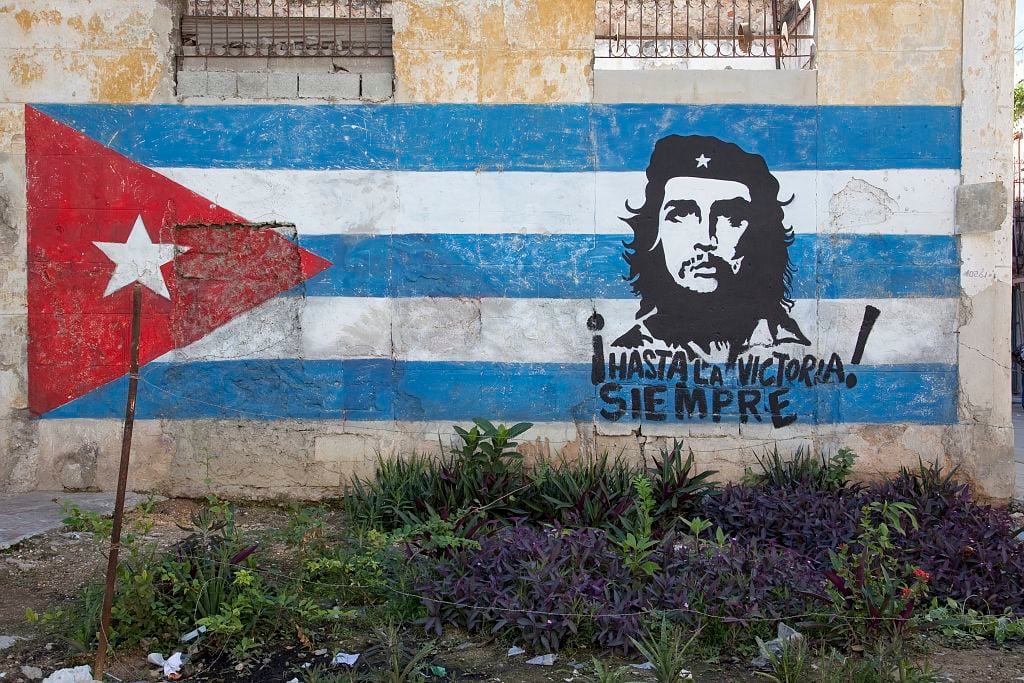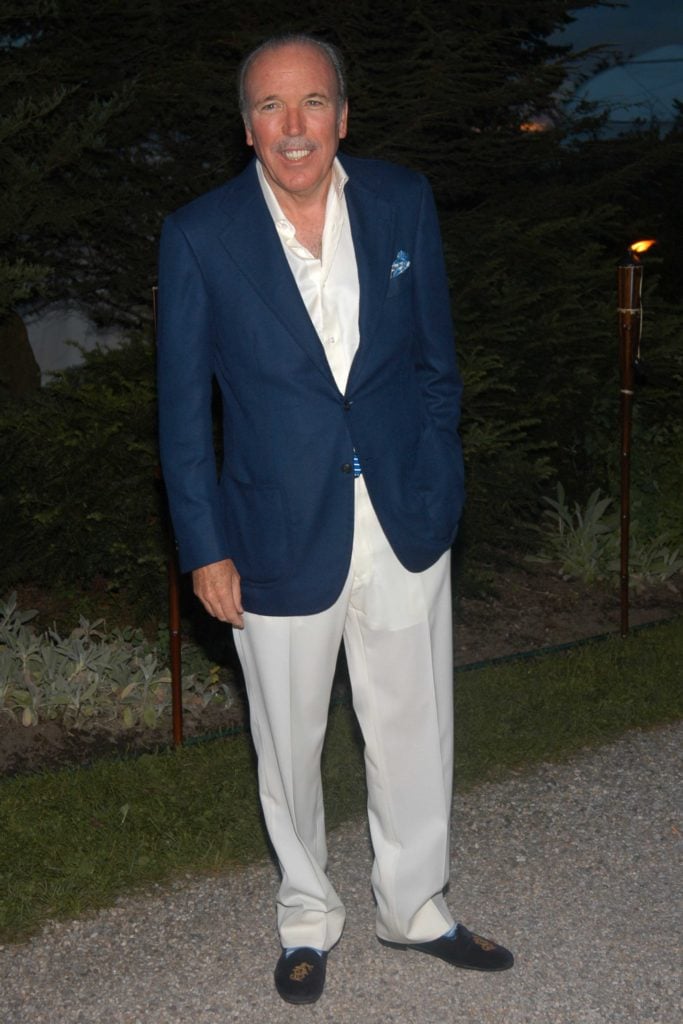Law & Politics
A New Move by the Trump Administration Makes It Possible for Collectors to Sue to Reclaim Art Seized by Cuba
Still, it will be an uphill battle.

Still, it will be an uphill battle.

Eileen Kinsella

Cuban Americans celebrated something of a win this past spring when the Trump Administration lifted a restriction of the Helms-Burton Act, making it possible for Cuban citizens in the US to sue for the return of property confiscated by the Castro regime.
But the road to restitution is likely to be lengthy process and filled with political and bureaucratic hurdles.

US Secretary of State Mike Pompeo speaks about the Trump administration’s Cuba policy during a press briefing at the U.S. Department of State, April 17, 2019 in Washington, DC. Photo by Drew Angerer/Getty Images.
Before Trump’s decision, the provision in the Helms-Burton Act that allowed for such restitution claims to move forward had been repeatedly suspended at six-month intervals ever since the law was passed in 1996. Foreign governments had deemed it too restrictive on international trade and the US had kept it as a bargaining chip to pave the way for stronger relations with the island nation.
Now that Trump has allowed the suspension to expire, however, the game has changed. And the stakes are high: The value of the property—which included an extensive number of artworks—confiscated by Fidel Castro when he seized power in 1959 is now estimated at $8 billion, according to the Miami Herald.
“While it’s early in the process, I was contacted a decade ago by attorneys for some of these families,” attorney Christopher Marinello, CEO of London-based Art Recovery International, tells artnet News. As a first step, Marinello encourages interested parties to register potential property claims on Artive, the international cultural property database he helped found and back in 2015. (Artive is now run independently by a nonprofit.)
Experts say it’s important to keep in mind that Cuba remains a very poor country and that retrieving stolen property, even for claims that are extremely strong and well supported, will be difficult. And as the Art Newspaper points out, the newly active provision applies only to property worth at least $50,000 when it was seized in 1959.
Most lawyers expect Cuba will argue that the US does not have authority over cases of stolen property—but even if plaintiffs win, the decisions will be hard to enforce. “There is a certain amount of expectation in court judgments and international relations that people will come forward and respect the judgment,” says Nicholas O’Donnell, a partner at Boston firm Sullivan & Worcester. “But if they don’t, and you have a country that says ‘We don’t care about the courts of the United States,’ then you may not get the thing back that you want.”
The FSIA or Foreign Sovereign Immunities Act—the primary means by which the US can sue a foreign nation—”is very hard to collect on,” O’Donnell notes. “There is a whole body of law about what assets you can seize to satisfy FSIA, and how it relates to the lawsuit or whose assets they are.”
On the other hand, the fact of the Trump Administration opened the door for such suits to be filed “certainly has considerable value,” O’Donnell says. It’s “an emphatic public statement of the grievance and it wouldn’t surprise me” if numerous suits were put into motion, he adds. “People may be talking to lawyers now or weighing their options.”

Pepe Fanjul. Photo by Neil Rasmus/Patrick McMullan via Getty Images.
There are a number of high-profile collectors whose works were seized during the revolution who might now file lawsuits. Two such figures are the Fanjul brothers, Pepe and Alfy, whose family mansion and collection of Joaquín Sorolla paintings were confiscated by the Castro regime. (The mansion was turned into the National Museum of Decorative Arts.) The trove of art is valuable: According to the artnet Price Database, the record for a Sorolla painting is $6.2 million and 34 of the artist’s paintings have sold for more than $1 million each at auction.
The Fanjul brothers fled to South Florida and rebuilt their sugar business and related fortune (albeit while repeatedly dogged by claims of labor abuse). In 1998, Pepe learned that one of the paintings, Malaga Port, had surfaced in the London offices of Sotheby’s, according to a 2004 report in the New York Times.
The Fanjuls’ pursuit of the painting was nothing short of aggressive, and included hiring attorneys and private investigators and engaging in a years-long battle with Sotheby’s to identify the consignor after the work was withdrawn from a sale. The auction house reportedly cited client confidentiality as the basis for not disclosing the identity of the owner. Eventually, the family “recuperated the Sorolla painting and the terms of its successful return are confidential,” according to Rolando Anillo, the attorney for the family.
The Fanjuls’ chances of seeing their other artworks again are higher now than they’ve been for the past six decades.
UPDATE: This story has been corrected to reflect the fact that the Fanjul family eventually recovered Malaga Port by Joaquin Sorolla.